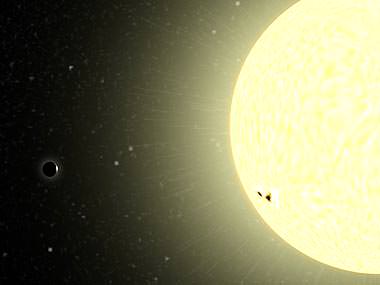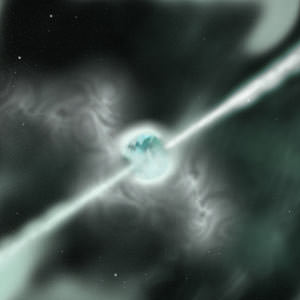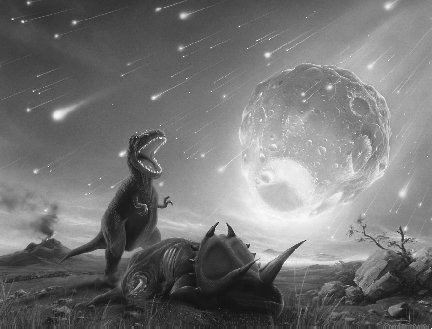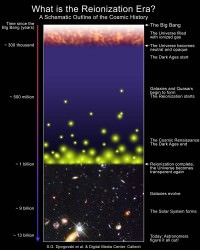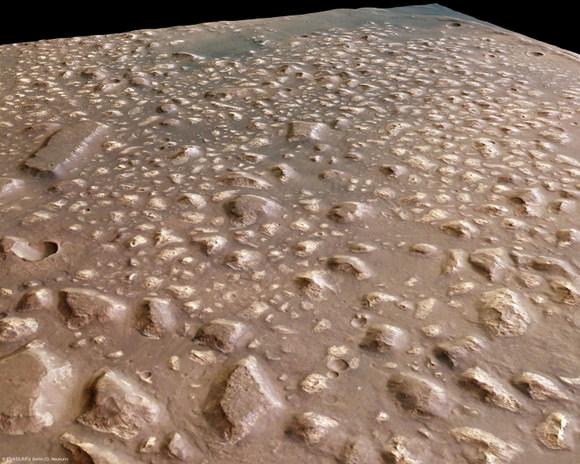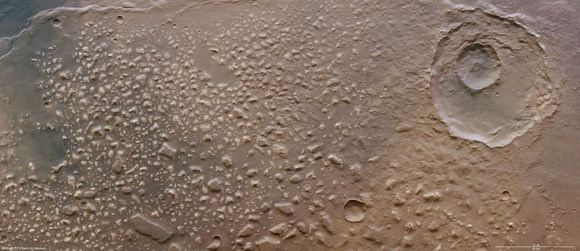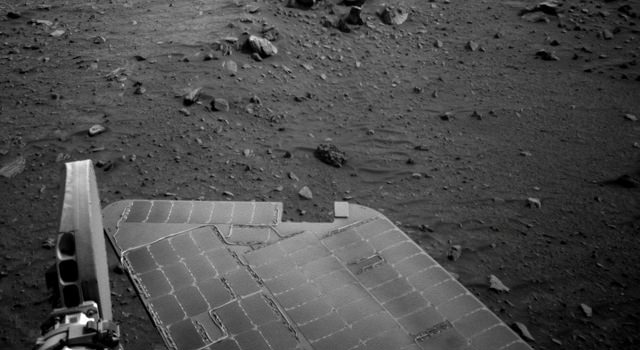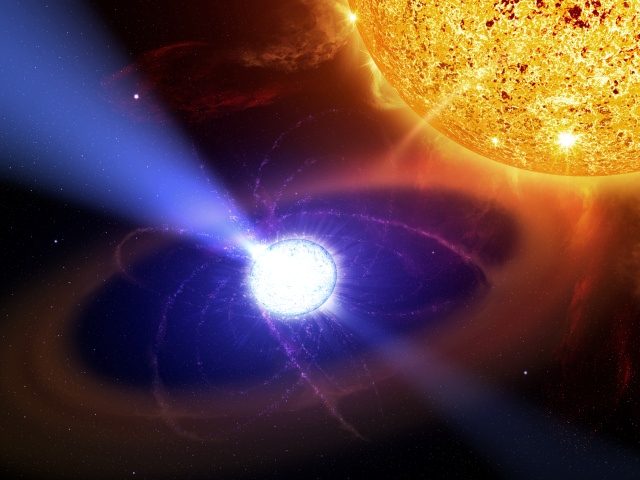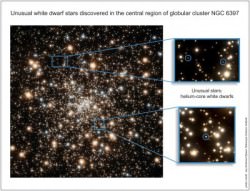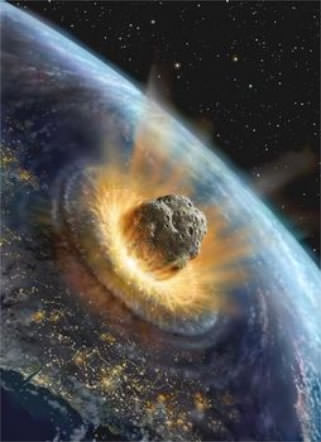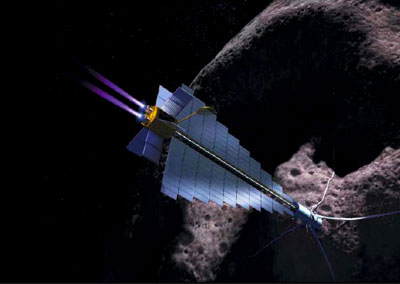[/caption]
A new era on astronomy began in 1995 when the first extrasolar planet was detected. To date, 346 planets have been found orbiting stars other than our sun. But new research indicates astronomers might have found even more extrasolar planets except for one thing: some planets have either been pulled into their parent star and devoured or gravitationally torn apart. .And astronomers say the most Earth-like planet detected so far, CoRoT-7 B will inevitably be destroyed by the star it orbits.
The idea that gravitational forces might pull a planet into its parent star have recently been predicted by computer models and Barnes and his team now have evidence that such planet destruction has already occurred.
“When we look at the observed properties of extrasolar planets, we can see that this has already happened – some extrasolar planet have already fallen into their stars,” said Rory Barnes from the University of Washington.
The computer models can show where planets should line up in a particular star system, but direct observations show that some systems are missing planets close to the stars where models say they should be.
But because the planet is so close to the star, the two bodies begin pulling on each other with increasingly strong gravitational force, misshaping the star’s surface with rising tides from its gaseous surface.
“Tides distort the shape of a star. The bigger the tidal distortion, the more quickly the tide will pull the planet in,” said lead author Brian Jackson from the Lunar and Planetary Institute.
Most of the planets discovered outside of our solar system are gas giants like Jupiter except that they are much more massive. However, earlier this year astronomers detected an extrasolar planet called CoRoT-7 B that, while significantly larger than our planet, is more like Earth than any other extrasolar planet found so far.
However, that planet orbits only about 1.5 million miles from its star, much closer than Mercury is to our sun, a distance that puts it in the category of a planet that will fall into its star. Its surface temperature is around 2,500 degrees Fahrenheit “so it’s not a pleasant environment,” Barnes said, and in a short time cosmically – a billion years or so – CoRoT-7 B will be consumed.
The destruction is slow but inevitable, Jackson said.
“The orbits of these tidally evolving planets change very slowly, over timescales of tens of millions of years,” Jackson said. “Eventually the planet’s orbit brings it close enough to the star that the star’s gravity begins tearing the planet apart.
“So either the planet will be torn apart before it ever reaches the surface of the star, or in the process of being torn apart its orbit eventually will intersect the star’s atmosphere and the heat from the star will obliterate the planet.”
The researchers hope the work leads to better understanding of how stars destroy planets and how that process might affect a planet’s orbit, Jackson said.
The scientists also say their research will have to be updated as more extrasolar planets are discovered, and the researchers are looking forward to investigating new planets found by the Kepler telescope, which is designed specifically to look for extrasolar planets that are closer in size to Earth.
Jackson hopes new observations will provide new lines of evidence to investigate how a star’s tides can destroy planets.
“For example, the rotation rates of stars tend to drop, so older stars tend to spin more slowly than younger stars,” he said. “However, if a star has recently consumed a planet, the addition of the planet’s orbital angular momentum will cause the star to rapidly increase its spin rate. So we would like to look for stars that are spinning too fast for their age.”
Source: EurekAlert

